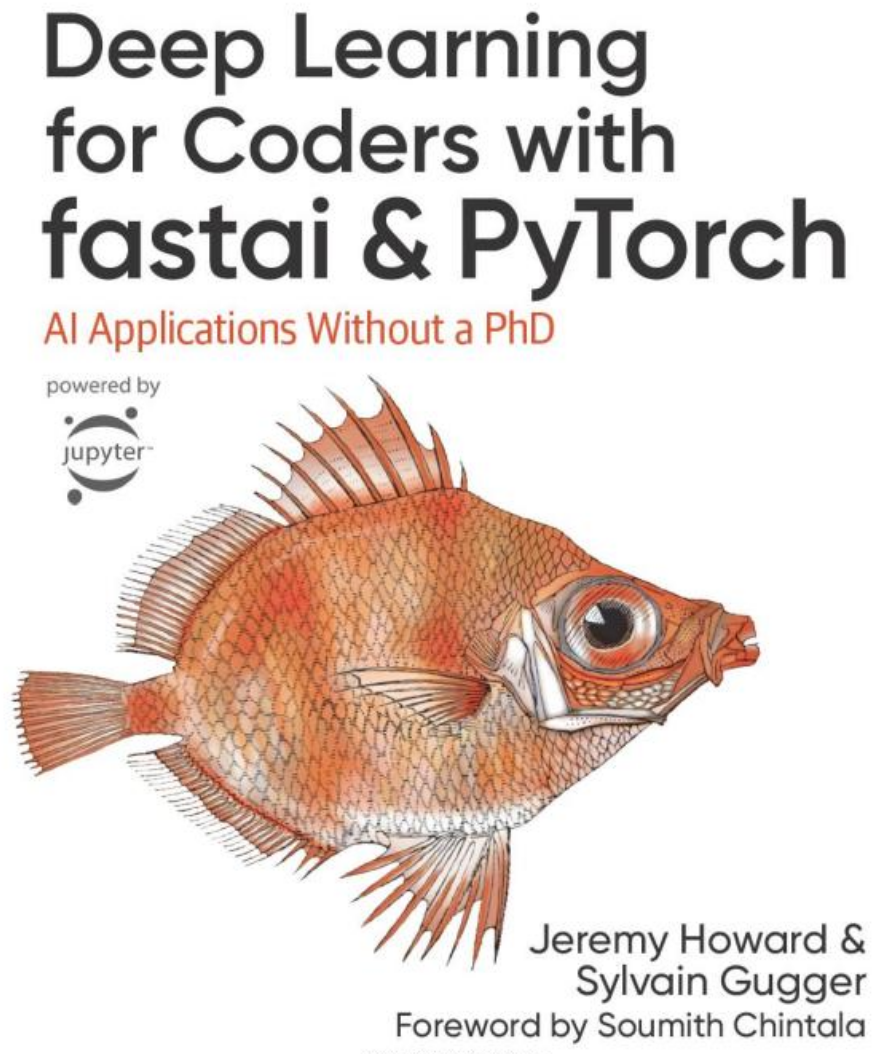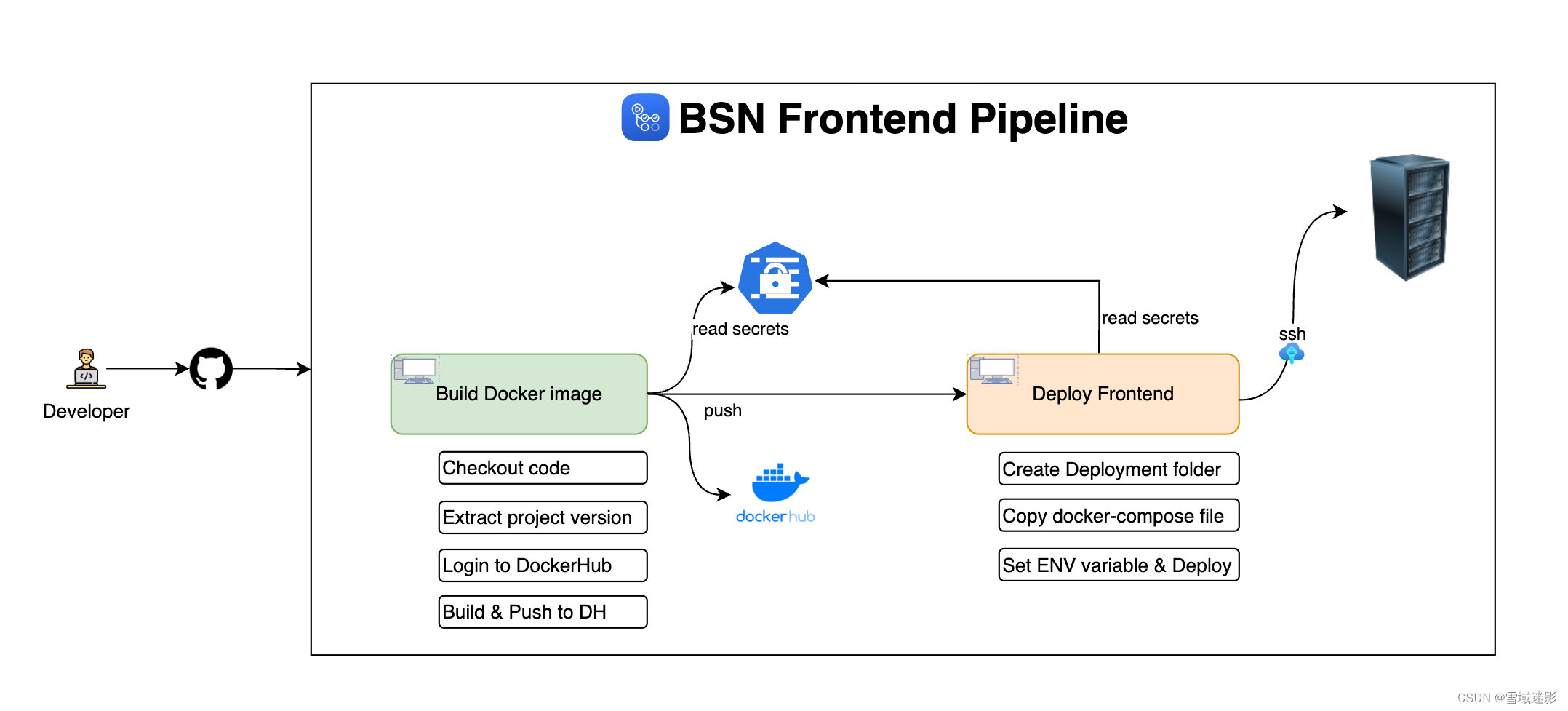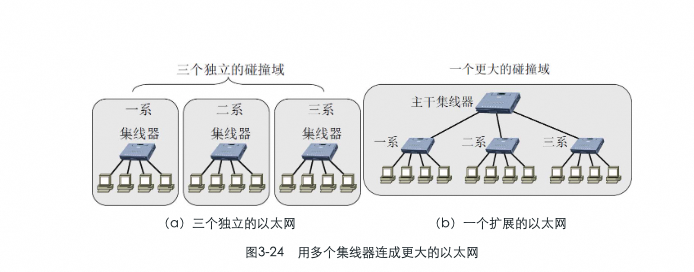本文主要是介绍The book,希望对大家解决编程问题提供一定的参考价值,需要的开发者们随着小编来一起学习吧!

Deep Learning for Coders with Fastai and PyTorch: AI Applications Without a PhD is the book that forms the basis for this course. We recommend reading the book as you complete the course. There’s a few ways to read the book – you can buy it as a paper book or Kindle ebook, or you can read it for free online. The whole book is written as Jupyter notebooks, so you can also execute all the code in the book yourself.
To go to the interactive Jupyter version of any chapter, click any of the chapter links in the Colab section immediately below. If you just want to read the book, without interacting with the code, jump to the nbviewer section.
Colab
Google Colab is a free (with paid subscription option) platform for running Jupyter Notebooks in the cloud. You can open any chapter of the book in Colab by clicking on one of these links:
- Chapter 1, Intro
- Chapter 2, Production
- Chapter 3, Ethics
- Chapter 4, MNIST Basics
- Chapter 5, Pet Breeds
- Chapter 6, Multi-Category
- Chapter 7, Sizing and TTA
- Chapter 8, Collab
- Chapter 9, Tabular
- Chapter 10, NLP
- Chapter 11, Mid-Level API
- Chapter 12, NLP Deep-Dive
- Chapter 13, Convolutions
- Chapter 14, Resnet
- Chapter 15, Arch Details
- Chapter 16, Optimizers and Callbacks
- Chapter 17, Foundations
- Chapter 18, GradCAM
- Chapter 19, Learner
- Chapter 20, Conclusion
nbviewer
nbviewer is a free platform for reading Jupyter Notebooks. You can open any chapter of the book in nbviewer by clicking on one of these links:
- Chapter 1, Intro
- Chapter 2, Production
- Chapter 3, Ethics
- Chapter 4, MNIST Basics
- Chapter 5, Pet Breeds
- Chapter 6, Multi-Category
- Chapter 7, Sizing and TTA
- Chapter 8, Collab
- Chapter 9, Tabular
- Chapter 10, NLP
- Chapter 11, Mid-Level API
- Chapter 12, NLP Deep-Dive
- Chapter 13, Convolutions
- Chapter 14, Resnet
- Chapter 15, Arch Details
- Chapter 16, Optimizers and Callbacks
- Chapter 17, Foundations
- Chapter 18, GradCAM
- Chapter 19, Learner
- Chapter 20, Conclusion
这篇关于The book的文章就介绍到这儿,希望我们推荐的文章对编程师们有所帮助!



![[linux-005]一个xelatex的book模板](/front/images/it_default.jpg)



